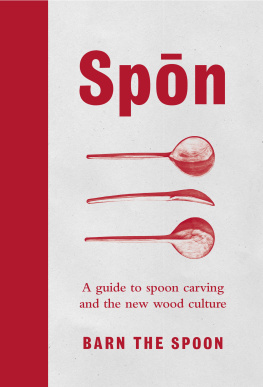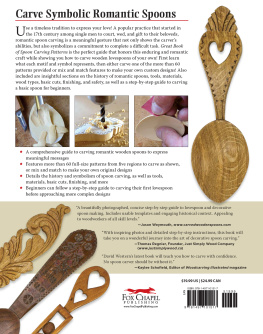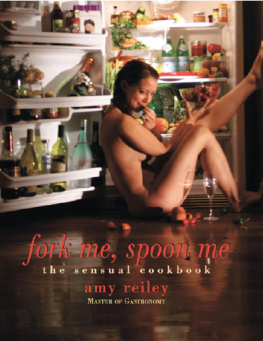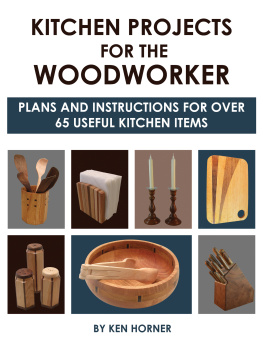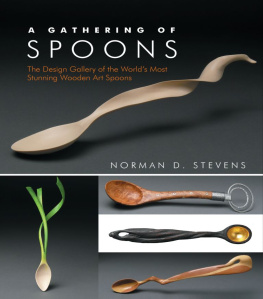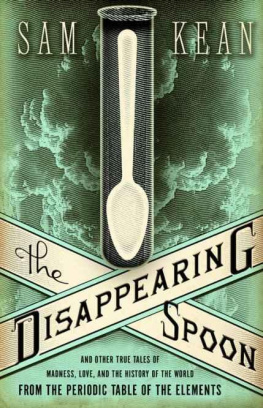Thank you for downloading this Simon & Schuster ebook.
Get a FREE ebook when you join our mailing list. Plus, get updates on new releases, deals, recommended reads, and more from Simon & Schuster. Click below to sign up and see terms and conditions.
CLICK HERE TO SIGN UP
Already a subscriber? Provide your email again so we can register this ebook and send you more of what you like to read. You will continue to receive exclusive offers in your inbox.
We hope you enjoyed reading this Simon & Schuster ebook.
Get a FREE ebook when you join our mailing list. Plus, get updates on new releases, deals, recommended reads, and more from Simon & Schuster. Click below to sign up and see terms and conditions.
CLICK HERE TO SIGN UP
Already a subscriber? Provide your email again so we can register this ebook and send you more of what you like to read. You will continue to receive exclusive offers in your inbox.

Scribner
An Imprint of Simon & Schuster, Inc.
1230 Avenue of the Americas
New York, NY 10020
www.SimonandSchuster.com
Text copyright 2017 by Barnaby Carder
Photographs copyright 2017 by Debi Treloar
Originally published in Great Britain in 2017 by Ebury.
Ebury is one of the Penguin Random House group companies.
All rights reserved, including the right to reproduce this book or portions thereof in any form whatsoever. For information, address Scribner Subsidiary Rights Department, 1230 Avenue of the Americas, New York, NY 10020.
First Scribner hardcover edition November 2017
SCRIBNER and design are registered trademarks of The Gale Group, Inc., used under license by Simon & Schuster, Inc., the publisher of this work.
For information about special discounts for bulk purchases, please contact Simon & Schuster Special Sales at 1-866-506-1949 or .
The Simon & Schuster Speakers Bureau can bring authors to your live event. For more information or to book an event, contact the Simon & Schuster Speakers Bureau at 1-866-248-3049 or visit our website at www.simonspeakers.com.
Cover design by Two Associates
Library of Congress Cataloging-in-Publication Data is available.
ISBN 978-1-5011-8276-1
ISBN 978-1-5011-8278-5 (ebook)
To my teachers, who gave gifts that can never be taken away
Contents
Introduction
Think of how many times a day you use a spoon. This simple, ordinary tool is a part of our everyday lives, intimately entwined with acts of eating and socializing, from stirring our first cup of coffee to scraping the last bit of pudding from our bowls. And who doesnt like to spoon in bed?
The spoon is the first tool we learn to use as children, and using it transports us back through human history to a time when our lives were very different, but our utensils very much the same. Using a spoon speaks of our evolution as humans, of our graduation from chips of woodthe Anglo-Saxon spnthrough to the beautiful Roman, Scandinavian, or Celtic spoons which have inspired some of the designs you will see in this book.
Spoons are really bowls with a handle, which ask to be held, and by better appreciating our relationship with them we make our lives better. One of the things I hope this book will suggest is how much thought goes into creating something so small and apparently insubstantial as a good wooden spoonwhich requires so very many things to be right to be truly good. We will celebrate the value of the tools we use, of our magnificent landscape and our key resource, the wood itself, and perhaps foremost the actions of the individual maker and his craft processes.
As a craftsperson, spoons are something upon which I have been able to build a life. Creating these small, functional sculptures has allowed me the chance to explore the concept of beauty in three dimensions, and through the process of carving using axes and knives I have discovered how satisfying making functional objects can be. I have now spent many years making spoons. I have lived in forests, learning about wood as it grows; and I have been lucky enough to spend time with acknowledged experts in different aspects of woodwork, seeing how they approach their craft. All of this has left me with a great and subtle sense of a green wood movement.
The definition of green wood, and green woodwork, is key to understanding the way that I create spoons. A live tree is 50 percent water, and green wood differs from this only insofar as it is cut down, so dead, but it is still wet. Knives and axes are the key tools of the green woodworker, as they allow us to efficiently work wet wood into spoons, whereas dry or seasoned plankswhere the water levels within the wood have reached equilibrium with their environmenttend to be worked with more industrial tools, like bandsaws and belt sanders.
Green woodwork is sympathetic to both environment and materials, and quite separate from the industrialized aspects of wood processing which only distances the individual from the tree. Green woodworkers often cut the wood themselves, or source it from tree surgeons, and the relationships we build, and the understanding of woodland practice which we acquire, have a big impact on the way we think about making spoons.
I see spoons as the emblem of, as well as the gateway to, a broader cultural understandingwhat has been called a new wood culture or perhaps more appropriately a wood culture renaissance. Both of these terms are about having a holistic approach to woodwork, which includes lifestyle, and about recognizing that trees are fundamental to the way we have evolved as human beings. We need trees to breathe, of course, but they are also central to our ideas of home and humanitythey have given us everything from the timber for our houses to the bows and arrows which defined our human ancestors.
The wood-culture renaissance is about the rebirth of a way of life which places a sustainable interaction with trees at its center. For woodworkers like me, its about finding a way of working which takes a step back from machinery and puts forgotten skills at the heart of making. Being mindful of the way we work deeply affects the physical form of our craft objects, foregrounding questions of provenance and our relationship to things we buy. These issues are pertinent today and run counter to the trend of the last century of industrialized mass production.
* * *
People have been using spoons since prehistory, with our earliest ancestors adapting horns, shells, or chips of wood to help them eat. The ancient words for spoons suggest this, with the Greek and Latin word derived from cochlea , or spiral shell, and the Anglo-Saxon spn means simply a chip of wood. Virtually all early cultures used wooden spoons to cook with and all developed their own spoon-making traditions: the Shang Dynasty in China used spoons made out of bone, while the ancient Egyptians revered the wooden spoon enough to be buried with them.
The earliest known inhabitants of northern Europe were certainly woodworkers: a Neolithic stone ax found at Ehenside Tarn in Cumbria is between five thousand and six thousand years old. That the Iron Age Celts of Britain used spoons is evidenced by the discovery of a small wooden ladle during excavations at Glastonbury Lake Village. Despite the propensity of wooden artifacts to rot, recent discoveries have shown that Anglo-Saxons and Vikings both produced wooden spoons for domestic use.
Next page

